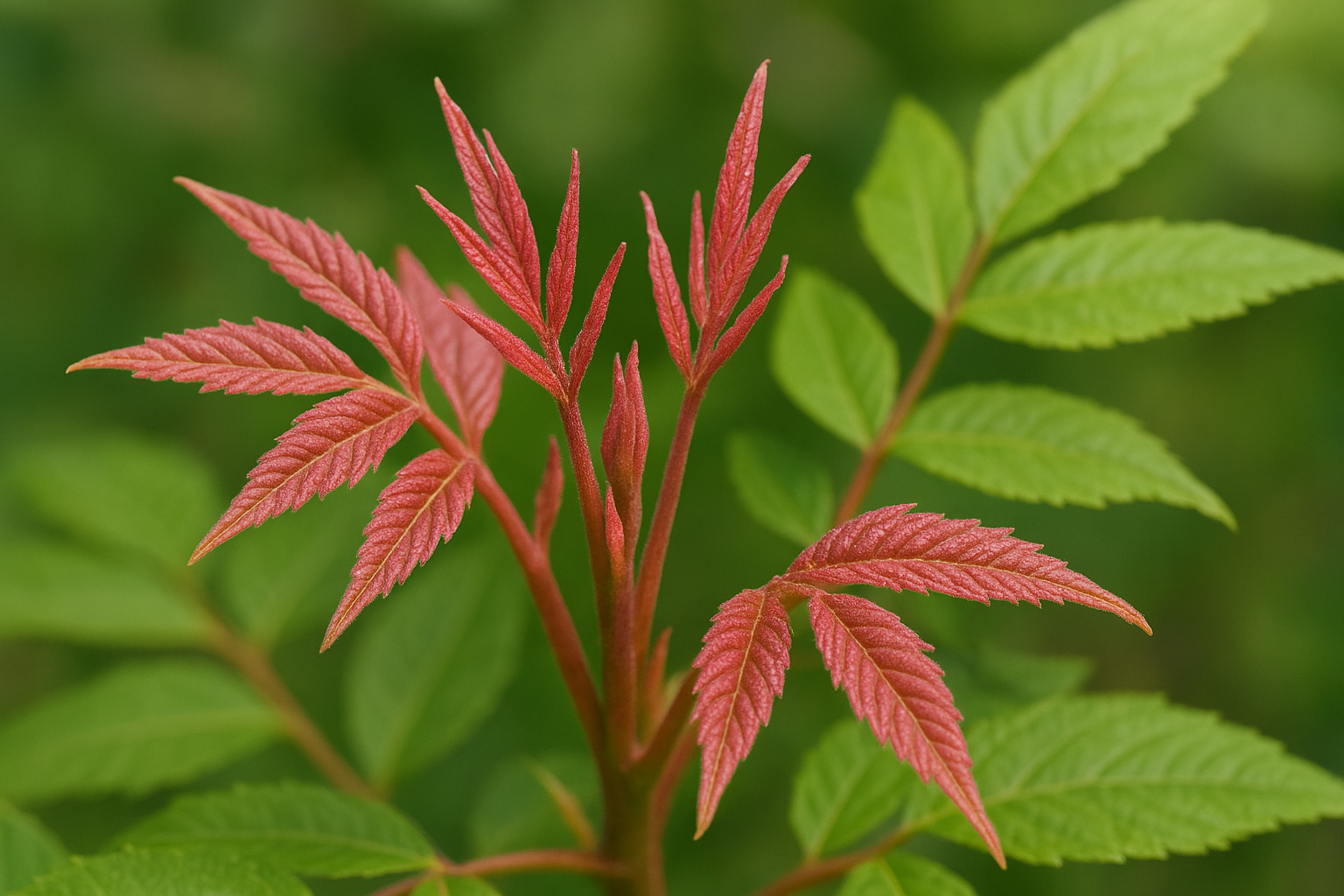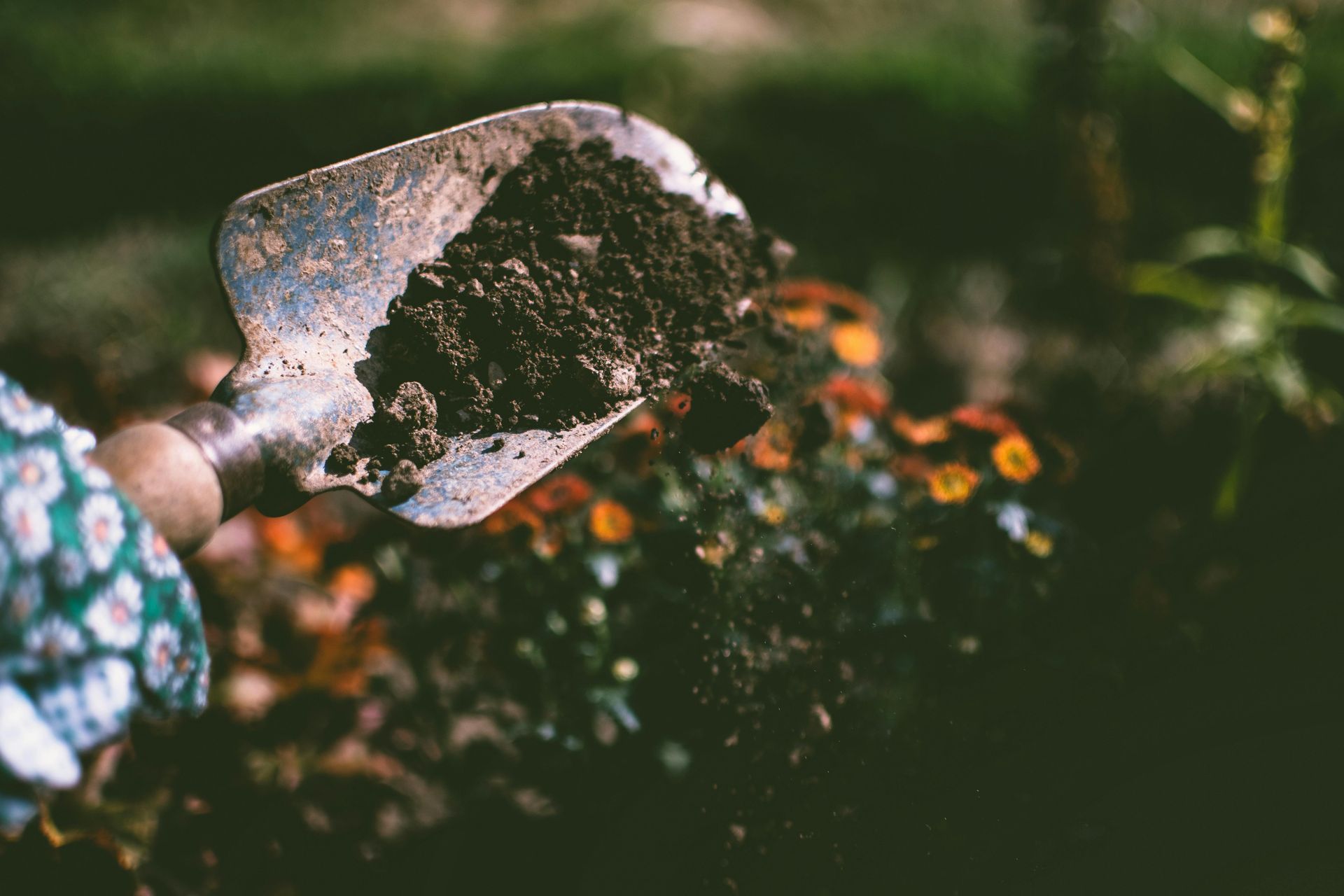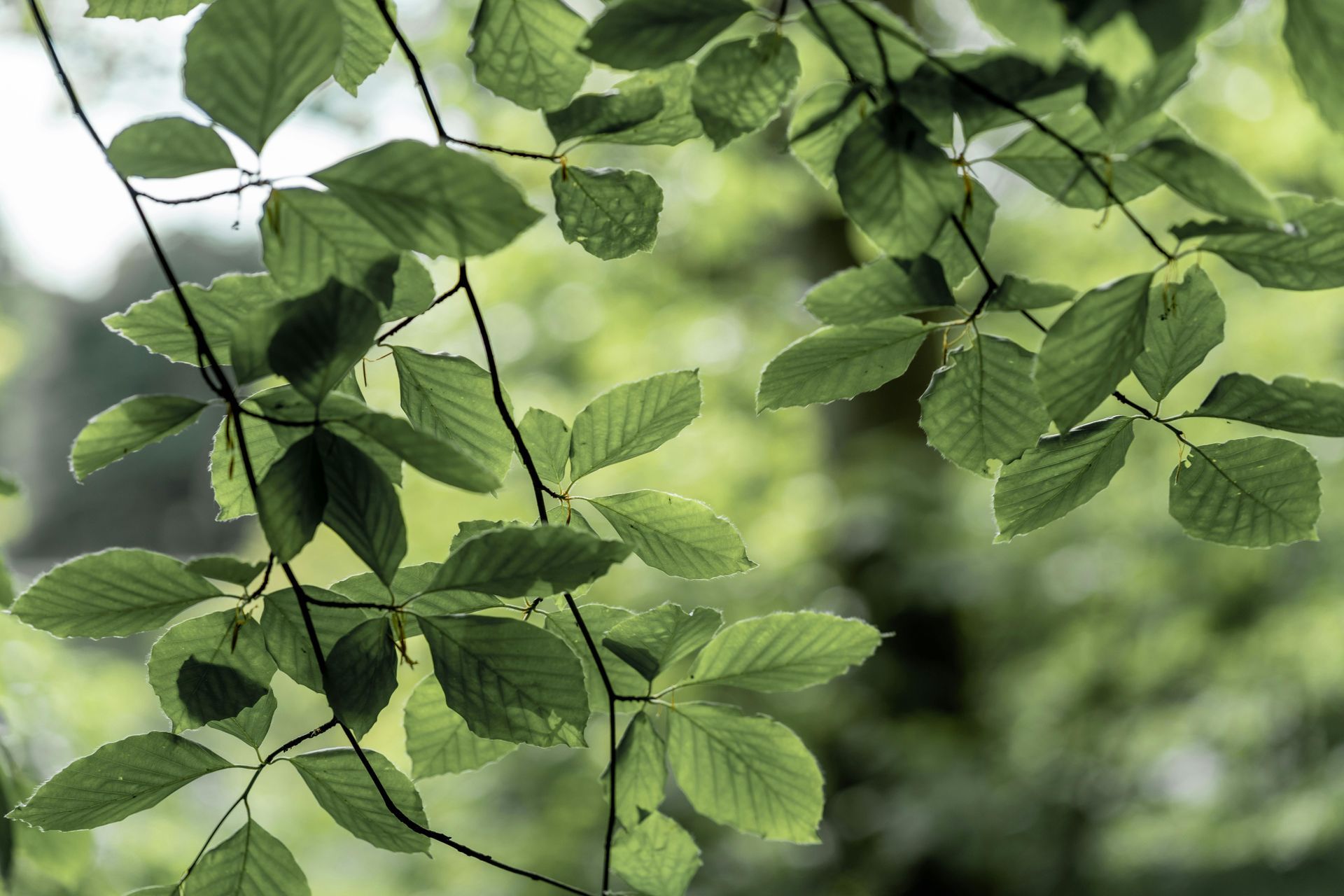The Truth About Fertilizer
When we think about water pollution, plastic waste often gets the most attention — but it’s far from the only threat to aquatic ecosystems. One major and often overlooked issue is nutrient pollution, a form of contamination that disrupts the natural balance of our lakes, rivers, and coastal waters.
According to the National Oceanic and Atmospheric Administration (NOAA), nutrient pollution occurs when excess nutrients, primarily nitrogen and phosphorus, enter waterways and trigger rapid algae growth — a process known as eutrophication. This excessive algae growth can block sunlight from reaching underwater plants, disrupt aquatic habitats, and lower oxygen levels as the algae die and decompose, ultimately threatening fish, plants, and other aquatic life.
One of the leading causes of nutrient pollution is the overuse of synthetic (inorganic) fertilizers on lawns, gardens, and agricultural fields. When heavy rains or irrigation wash these excess nutrients into nearby waterways, they fuel harmful algae blooms that can devastate entire ecosystems.
Organic vs Inorganic Fertilizers: What's the Difference?
The debate between organic and inorganic fertilizers has been ongoing for decades, and both have their pros and cons. The best choice depends on your gardening goals, your budget, and how much emphasis you place on long-term soil health versus immediate plant growth.
Inorganic Fertilizers are Fast-Acting but Short-Lived
Inorganic fertilizers are synthetically produced using concentrated chemical compounds that deliver nutrients directly to plants. These fertilizers are typically fast-acting and affordable, making them attractive for gardeners looking for immediate results.
However, their strength is also their biggest drawback. The high concentration of nitrogen, phosphorus, and potassium (N-P-K) can easily overwhelm plants, leading to fertilizer burn — where roots and leaves are damaged by excess salts. Inorganic fertilizers also lack organic matter, meaning they do nothing to improve soil structure or support beneficial soil life.
Another concern is nutrient runoff. When plants can’t absorb all the nutrients applied, excess fertilizer can leach into nearby water sources, contributing to problems like algae blooms and water pollution. This runoff is especially problematic after heavy rains.
Organic Fertilizers are Slow and Steady Soil Builders
Organic fertilizers come from natural sources such as compost, manure, plant meals, and mineral amendments. They release nutrients gradually as they break down naturally, feeding both plants and the microbial life that makes soil healthy.
Although organic fertilizers tend to be more expensive upfront and work more slowly than inorganic options, they offer several long-term benefits:
- They improve soil structure by adding organic matter, which enhances water retention, aeration, and microbial activity.
- They supply not only the major macronutrients (N-P-K) but also a wide range of micronutrients essential for plant health.
- Because they break down naturally, the risk of nutrient leaching is reduced, and any runoff is typically less harmful than synthetic fertilizers.
Think of it like feeding your plants a balanced, whole-food diet versus fast food loaded with empty calories. Inorganic fertilizers provide a quick nutrient burst, but organic fertilizers nourish both the plant and the soil, supporting a more resilient garden over time.
Why Soil Health Matters
Healthy plants start with healthy soil. Organic fertilizers not only feed plants but also restore nutrients to the soil that plants deplete as they grow. They feed beneficial microbes — tiny organisms essential for nutrient cycling, disease resistance, and soil fertility.
Without these microbes, soil can become lifeless and compacted, making it harder for roots to access nutrients and water. Inorganic fertilizers do nothing to support this living soil ecosystem, while organic fertilizers actively nurture it.
The Best Choice for Your Garden
If your main goal is fast growth for annual flowers or vegetables, inorganic fertilizers may offer the quick results you want. However, if you’re focused on building healthy, sustainable soil for long-term gardening success, organic fertilizers are the better choice.
The best way to decide is to test your soil. An at-home soil test kit (available at garden centers) will tell you what nutrients your soil already has and what it’s lacking, helping you choose the right fertilizer — whether organic, inorganic, or a mix of both. For the rest of this article, we will discuss how to choose the best organic fertilizer.
Choosing the Right Organic Fertilizer
Before purchasing organic fertilizer, it’s important to understand the different types available and how they work. Organic fertilizers can be divided into three main categories: animal by-products, plant-based materials, and mineral amendments. Each type offers unique benefits, and the right choice depends on your garden’s needs, your plants, and your personal gardening style.
1. Animal By-Products
Animal-based fertilizers are some of the most popular and widely used organic options. These fertilizers are derived from waste products of animals, including manure, blood meal, bone meal, fish emulsion, and worm castings. They are typically rich in nitrogen, phosphorus, and potassium — the three primary nutrients plants need to thrive.
- Manure (from cows, chickens, or rabbits) is a classic garden amendment, improving both soil fertility and structure. However, it’s important to use aged or composted manure to avoid burning plants with excess nitrogen.
- Worm castings provide a gentle, slow-release nutrient source while improving soil texture and microbial life.
- Fish emulsion is a fast-acting liquid fertilizer, excellent for giving plants a quick nitrogen boost, especially during the early growth stages.
- Blood meal (high in nitrogen) and bone meal (high in phosphorus) are often used to correct specific nutrient deficiencies.
These fertilizers are widely available at garden centers, but sourcing locally (like from nearby farms or composting operations) can often provide better prices and fresher materials.
2. Plant-Based Fertilizers
Plant-based fertilizers are particularly attractive to gardeners who enjoy DIY solutions or prefer vegan-friendly gardening. These fertilizers are made from plant materials that decompose to release nutrients slowly into the soil. They excel at improving soil health over time while providing a steady, gentle supply of nutrients.
- Compost is the gold standard of plant-based fertilizers. Made from kitchen scraps, yard waste, and other organic matter, compost adds organic matter, beneficial microbes, and a balanced nutrient profile (a ratio often around 1-1-1 for N-P-K).
- Alfalfa meal and seaweed are also excellent plant-based options. Alfalfa provides nitrogen and boosts soil microbial activity, while seaweed supplies trace minerals and growth hormones that enhance plant resilience.
- Green manure crops (like clover or vetch) can be grown and tilled into the soil to enrich it naturally.
Plant-based fertilizers often improve the overall structure and microbial life of your soil, making them ideal for long-term soil health and sustainability.
3. Mineral Amendments
Mineral fertilizers are derived from naturally occurring rock deposits and are typically used to correct specific soil imbalances, rather than to provide complete nutrition. These amendments are especially useful if you’ve conducted a soil test and discovered deficiencies or pH issues.
- Rock phosphate provides a slow-release source of phosphorus, which is essential for root development and flowering.
- Greensand adds potassium and trace minerals while also helping with soil texture.
- Lime can raise soil pH, making it less acidic, while sulfur can lower pH for acid-loving plants like blueberries, azaleas, and hydrangeas.
Because mineral amendments take time to break down and become available to plants, they are often applied well before planting or incorporated into long-term soil management plans.
Check out the latest:









